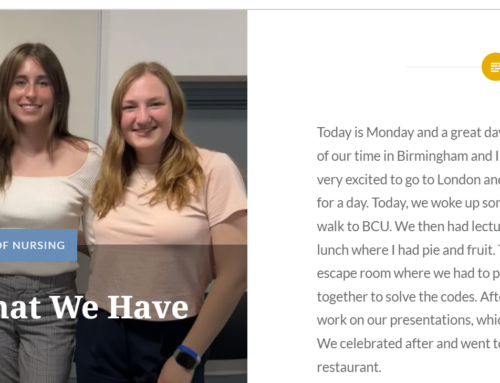In 1990, I started work as a pool lifeguard slash fitness instructor slash dog’s body and I firmly believe that this is where my interest in the ambulance service started. In the demographical area we were it was an older generation who used the facilities hence why we were having 999 crews visit the centre very regularly. In 1997 I joined West Midlands Ambulance Service in 2003 I completed my IHCD Paramedic course where I have been a patient facing paramedic since.
In November 2020, I started my role as a Paramedic Facilitator at Solihull & Birmingham Training Hub overseeing the recruitment and retention of paramedics in Primary Care as well as student paramedic placements in Primary Care as well. Another part of my role is to plan and deliver Clinical Professional Development for primarily Paramedics in Primary Care.
While working as a Facilitator, I have been asked the question regularly by newly appointed Paramedics about what should be on the Resuscitation trolley for them. Not all Paramedics in Primary Care are full time and most do shifts for the local ambulance service, which in short means they do not have skill depletion in areas such as Cannulation, Intubation, IO insertion etc. This poses the question, what should be available for us on the resuscitation trolley?
Being a BLS instructor, I have visited many surgeries, which have resuscitation trolleys and vary from no cannulation equipment at all to having a full state of the art resuscitation bag with cannulation and iGels.
So the question is what should be on the trolley or bag? Should there be a full ALS kit including Endotracheal Tubes with laryngoscope blades or a basic BLS kit.
The Resuscitation Council UK published a list with guidance on this in 2013, which was updated in 2020. The equipment is listed as immediate or accessible but this can be open to interpretation and can be viewed by clicking here.
I feel from a Paramedic point of view that all of the above should be immediate but in reduced numbers. Do I feel that ET tubes and laryngoscopes should be available too? Joint Royal Colleges Ambulance Liaison Committee published a critical reassessment of ambulance service airway management in pre-hospital care in 2008 and concluded that paramedic tracheal intubation can no longer be recommended as a mandatory component of paramedic practice and should not be continued to be practiced in its current format. This was down to many issues one of which is skill fade and as this will not be a regular part of the day-to-day job role of the Paramedic in Primary care I feel that this would not be advantageous for the surgery to have instead the use of iGels would be far better.
Paramedics in Primary Care should have an active role in the planning and implementation of the resuscitation trolley/bag owing to the fact of our background in emergency care. Ongoing assessment of the resuscitation trolley is necessary with advances in emergency medical care and training in mind.
Below is the Resuscitation Council UK link for the list posted above:
https://www.resus.org.uk/library/quality-standards-cpr/primary-care-equipment-and-drug-lists













